Lepidolite
$75
This Lepidolite comes to us from the Brown Derby Mine, near Gunnison, Colorado, and it’s now waiting to come home with you!
1 in stock
The Brown Derby Mine is famous as the only location in Colorado where you can find Samarium in the Monazite-Sm and Cesium in the Pollucite, and one of the only places where you can find Niobium, Tantalum, and REEs in many of the additional minerals rarely found elsewhere. Lepidolite, however, is found in 30 Colorado locations and nearly 1,000 locations worldwide, as it's a useful lithium ore. Lepidolite, according to Wikipedia, is "a lilac-gray or rose-colored member of the mica group of minerals. It is the most abundant lithium-bearing mineral and is a secondary source of this metal. It is the major source of the alkali metal rubidium. It's often found with other lithium-bearing minerals, such as spodumene, in pegmatite bodies. It has also been found in high-temperature quartz veins, greisens and granite. Associated minerals include quartz, feldspar, spodumene, amblygonite, tourmaline, columbite, cassiterite, topaz and beryl. Lepidolite is found naturally in a variety of colors, mainly pink, purple, and red, but also gray and, rarely, yellow and colorless. Because lepidolite is a lithium-bearing mica, it is often wrongly assumed that lithium is what causes the pink hues that are so characteristic of this mineral. Instead, it is trace amounts of manganese that cause the pink, purple, and red colors. Fluoride ions can substitute for some of the hydroxide in the structure, while sodium, rubidium, or caesium may substitute in small quantities for potassium. In 1861, Robert Bunsen and Gustav Kirchhoff extracted 150 kg (330 lb) of lepidolite to yield a few grams of rubidium salts for analysis, and discovered the new element rubidium. Notable occurrences include Brazil; Ural Mountains, Russia; California, United States; Tanco Mine, Bernic Lake, Manitoba, Canada; and Madagascar." According to Mindat, its specific gravity is 2.8 - 2.9 and its hardness is 2½ - 3½. It was named in 1792 by Martin Klaproth from the Greek words lepidos for "scale" and lithos for "stone". Also from Mindat, "the Brown Derby Mines are a grouped REE (microlite)-Li-Be occurrence/mine in the NW¼ NE¼ sec 3, T49N, R3E, NMM, near Ohio City. The property consists of 2 claims. Mineralization is a series of 15 zoned pegmatite dikes (3 detailed), hosted in metadiorite. Workings include surface and underground openings comprised of 16 pits, 2 inclines and 2 tunnels. It's located in the Quartz Creek pegmatite district, which includes an area of about 29 square miles in the vicinity of Quartz Creek in Gunnison County, Colo. This area contains 1,803 pegmatites that are intruded into pre-Cambrian rocks. The rocks exposed in the district range in age from pre-Cambrian to Recent. The oldest pre-Cambrian rocks are chiefly quartzites interbedded with a few arkoses and conglomerates. These rocks are surrounded by more abundant hornblende gneiss and tonalite. A small body of hornblende-biotite tonalite and two thin layers of dacitic pillow lava are present. The hornblende gneiss and tonalite have the same composition and differ only in texture. The older material (hornblende gneiss) has a well-marked lineation, whereas the younger (tonalite) is equigranular. Subsequently, a large body of quartz monzonite was intruded along the northern boundary of the mapped area. Later, coarse-grained granite was intruded in the southern part of the area. Dikes of fine-grained granite cut the coarse-grained variety. The last stage of igneous activity in the pre-Cambrian is marked by a large number of pegmatitic intrusions... Staatz and Trites describe the pegmatite minerals in detail with special attention to compositional variations determined by differences in refractive index. A total of 27 minerals has been found in the pegmatites of the Quartz Creek district. Perthite, plagioclase, and quartz are the essential minerals and form 95 to more than 99 percent of most pegmatites. Only a very few pegmatites have units rich in muscovite; this mineral cannot be considered an essential mineral of the pegmatites of this district. The common accessory minerals... in order of their frequency, are: muscovite, garnet, biotite, magnetite, and beryl. The quantity of these minerals in any particular pegmatite is small; muscovite commonly ranges from 0.5 to 3 percent; garnet, from 0.5 to 1 percent; biotite and magnetite, less than 1 percent; and beryl, a few small crystals. The other 19 minerals are... considered rare accessory minerals. They also commonly amount to only a small fraction of 1 percent of any pegmatite... Accessory minerals include Tourmaline, Columbite-tantalite, Monazite, Lepidolite, Microlite, Chlorite, Topaz, Gahnite, Samarskite, Epidote, Apatite, Fluorite, Spodumene, Amblygonite, Allenite, Lithiophyllite-Triphyllite, Betafite, and Chrysocolla."
Only logged in customers who have purchased this product may leave a review.


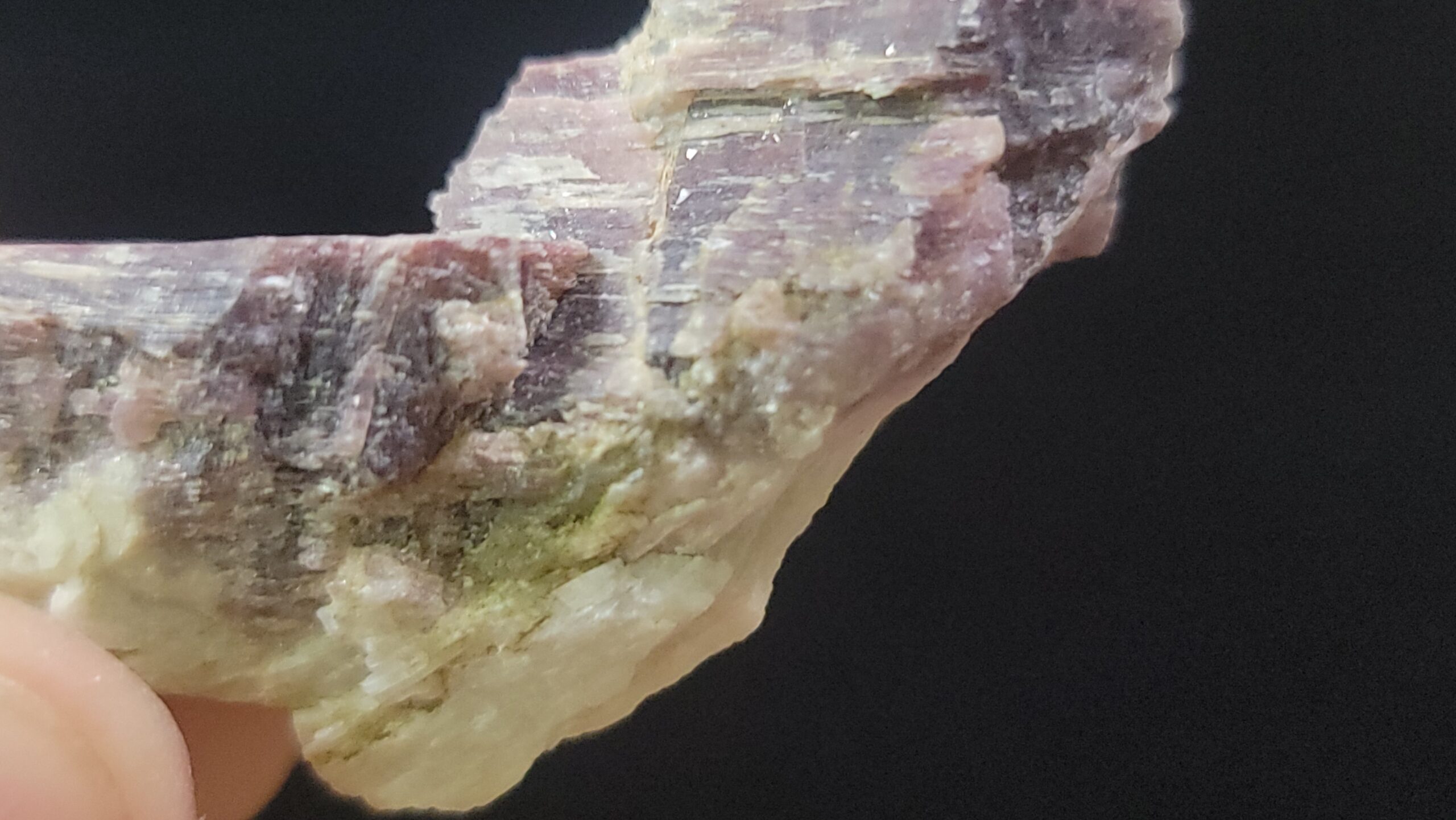
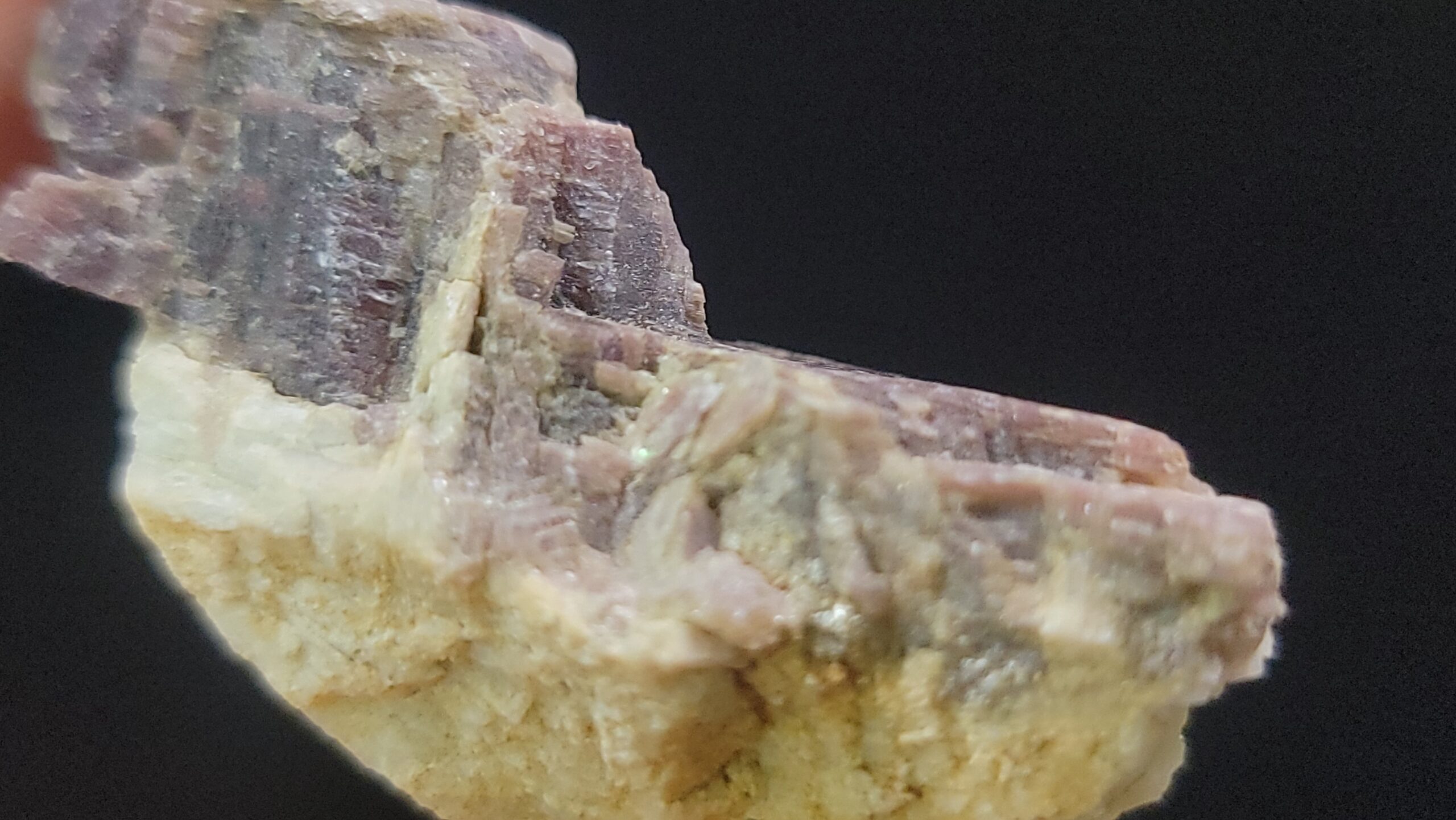


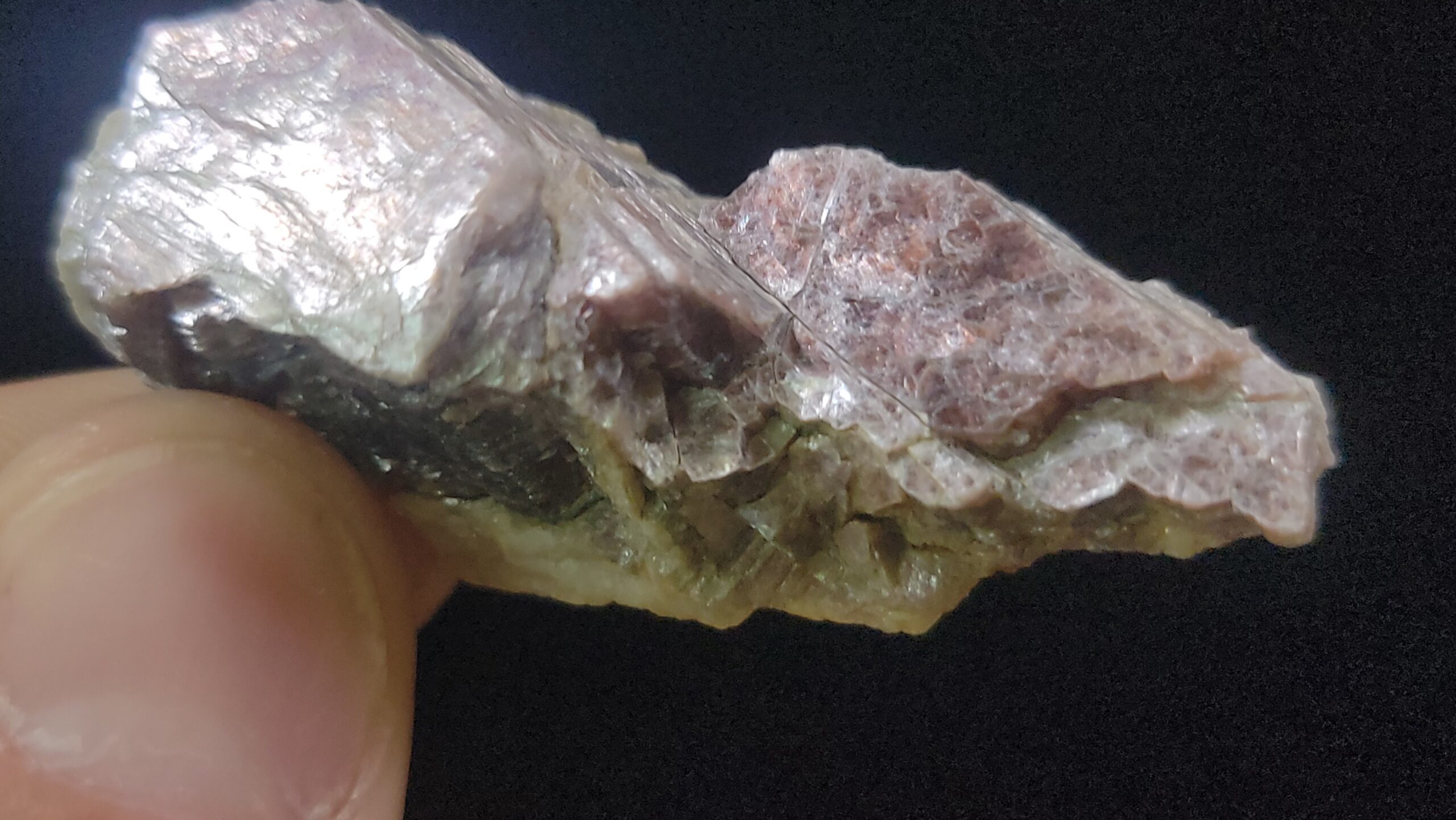

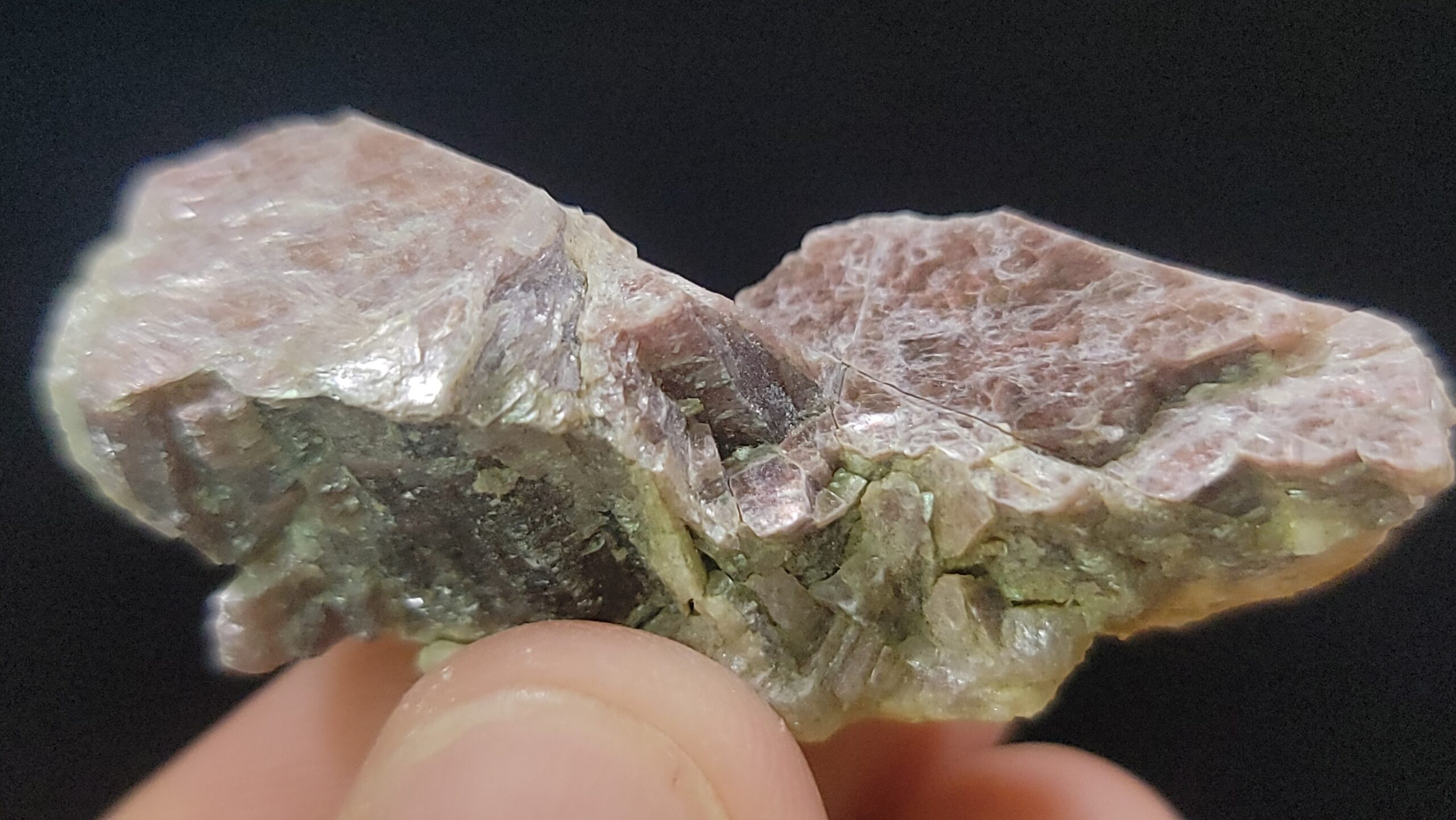
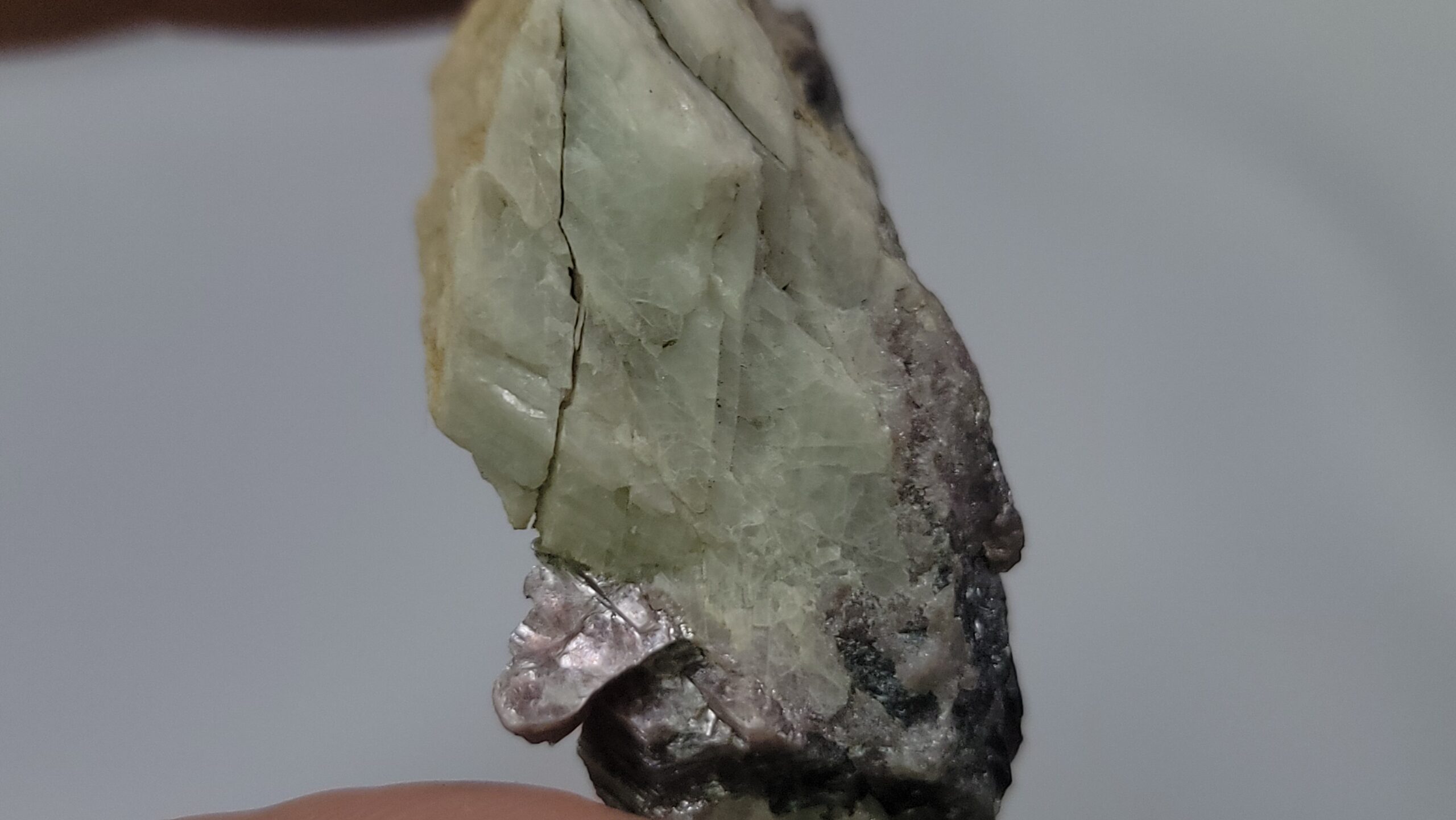
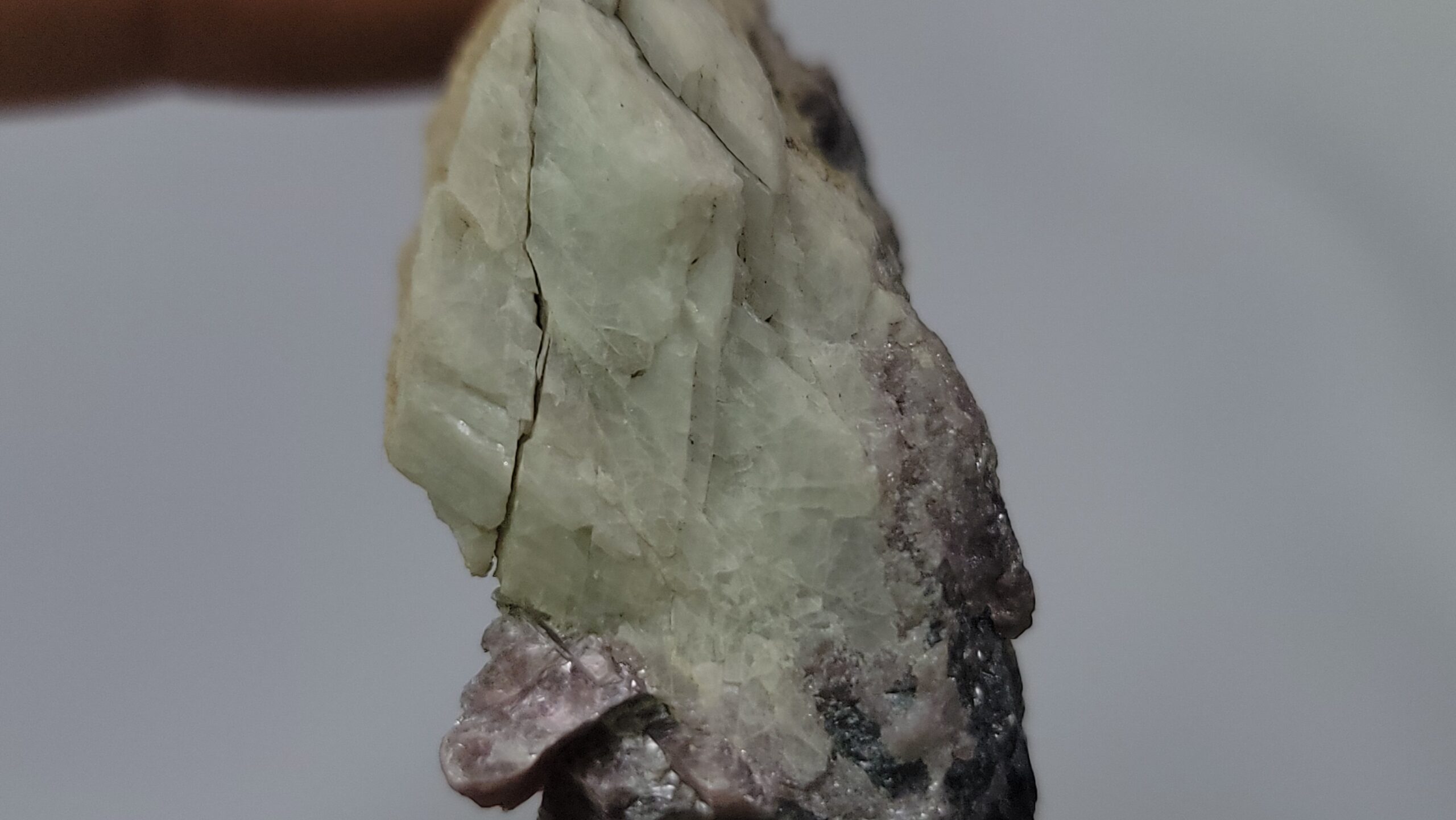

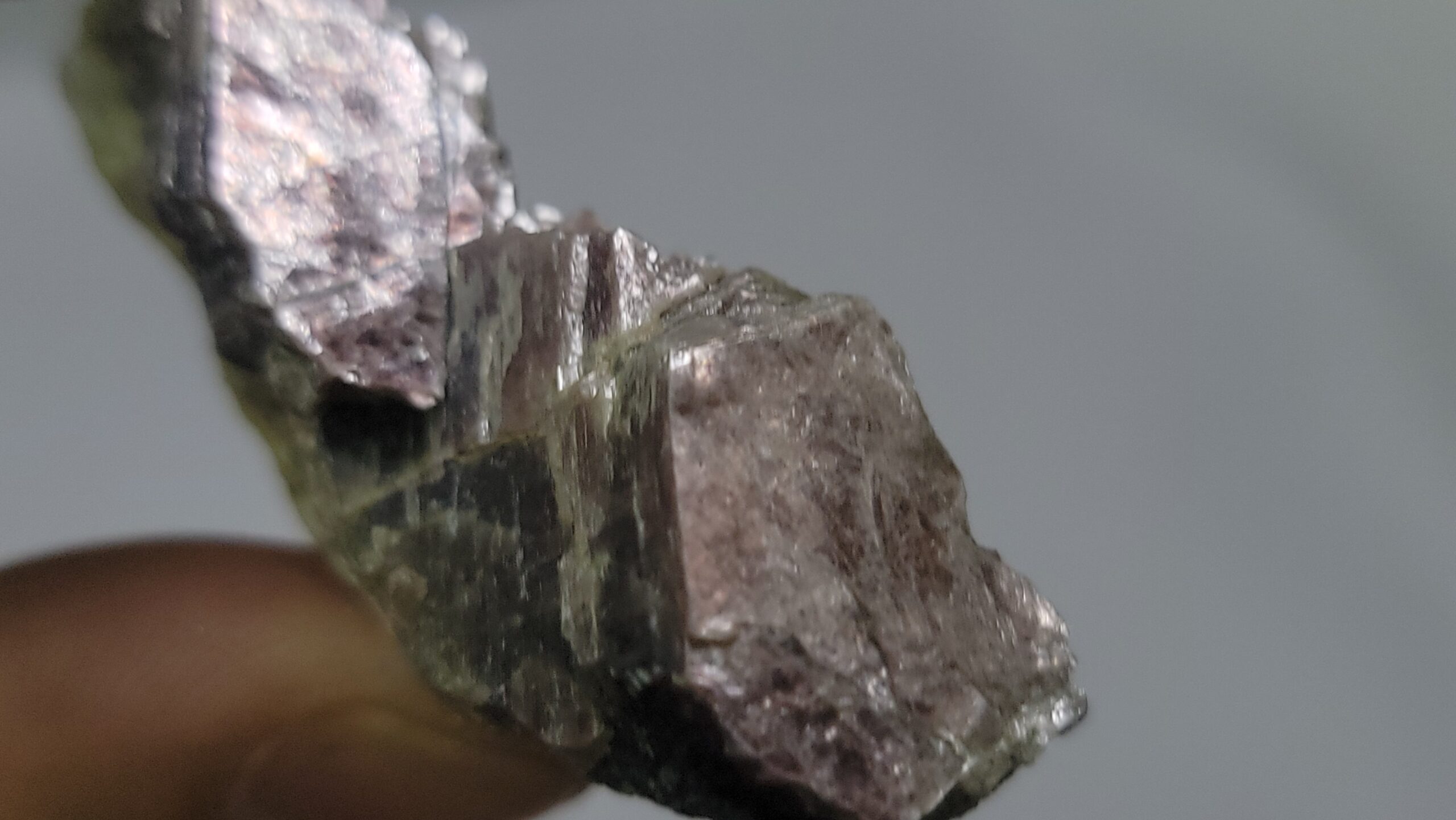
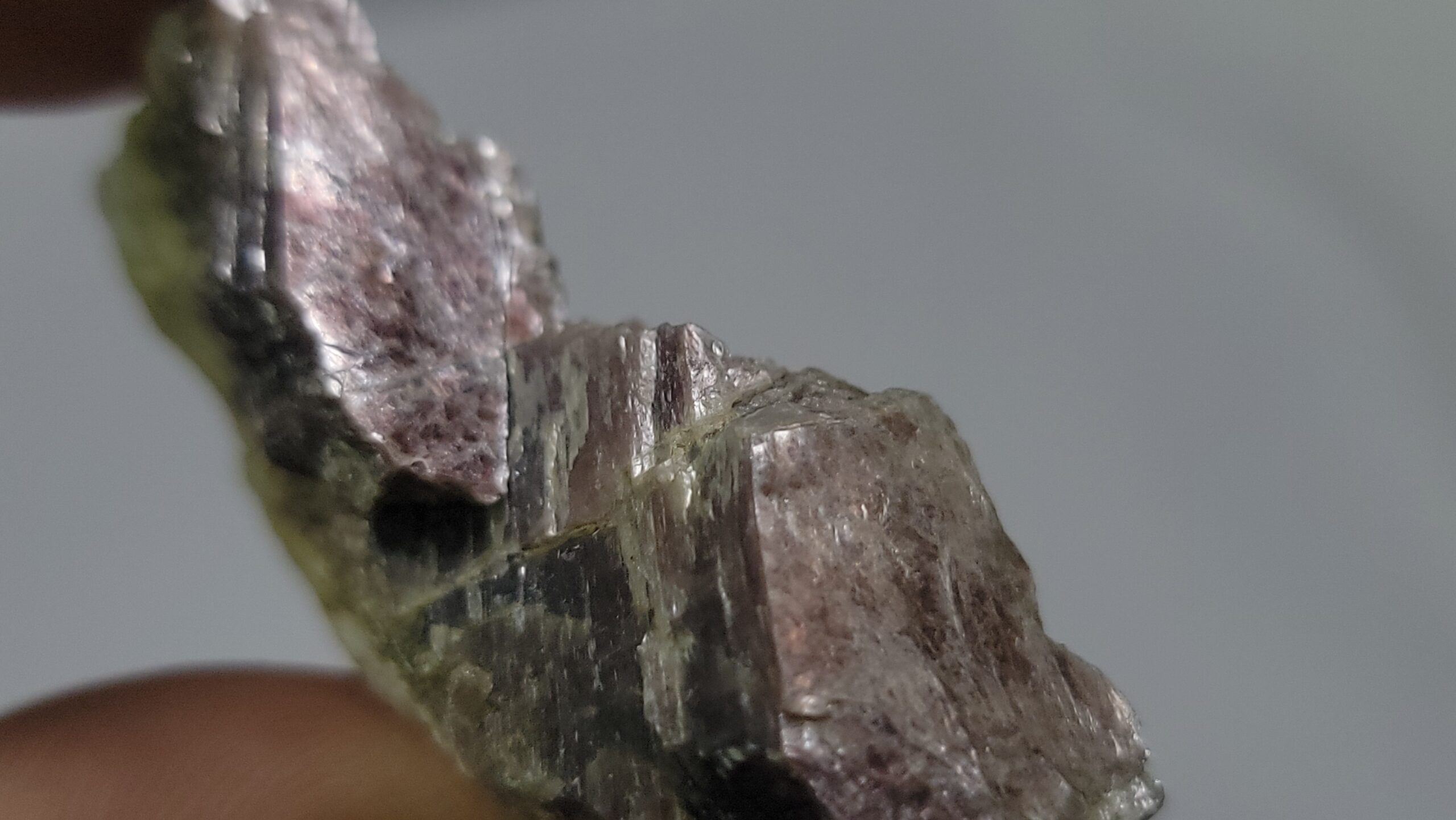
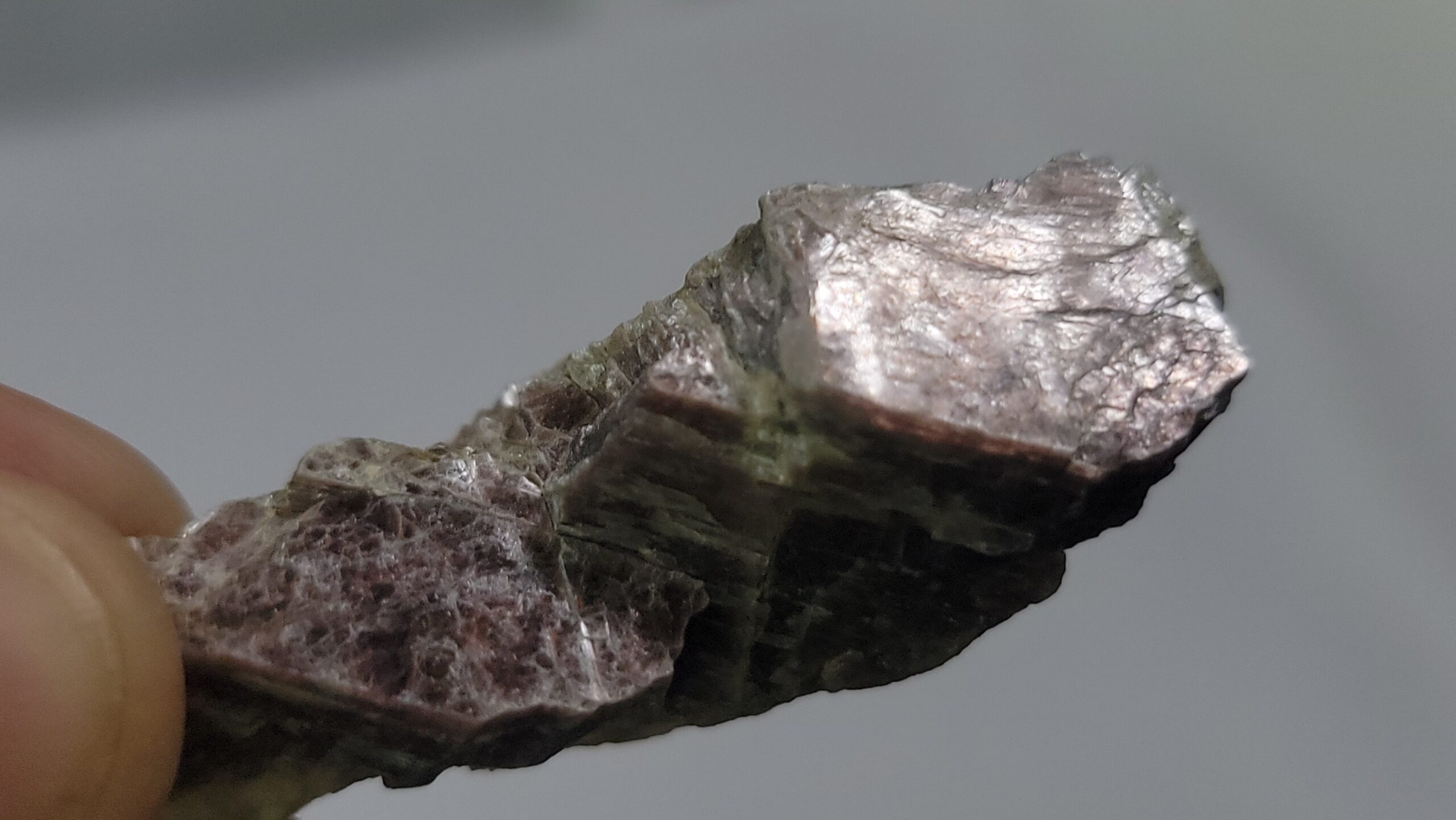




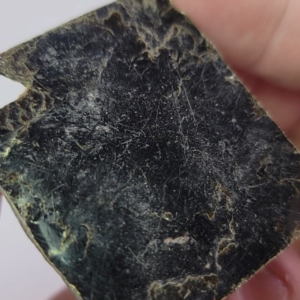

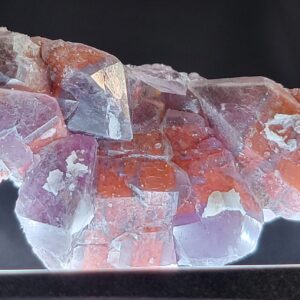

Reviews
There are no reviews yet.